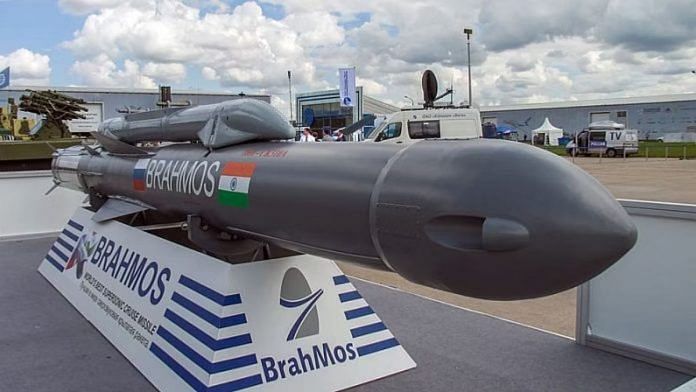The media too often acted without restraint. During terror strikes, live coverage gave away operational positions. Some journalists played to the gallery, perhaps even against national interest.
A lot has changed over the past few years. India is no longer waiting for the boom. It is preparing before the crisis happens. And when it does, the response is swift, surgical, and strategic.
India now has a robust terror jurisprudence. The Unlawful Activities (Prevention) Act (UAPA) was significantly strengthened in 2019, empowering the government to designate individuals—not just organisations—as terrorists. It also enhanced the powers of the National Investigation Agency (NIA), enabling it to investigate and seize properties linked to terror cases.
The NIA, formed after 26/11, has become truly national in its role. As Union Home Minister Amit Shah said during the debate on the new criminal laws in Parliament, terrorism is now clearly defined in the Bharatiya Nyaya Sanhita (BNS), giving a firm legal foundation to security action.
India now operates with a preemptive mindset, ready to neutralise threats before they turn into crises. The 2022 crackdown on the now-banned Popular Front of India (PFI) is one such example. In a single day, locations across the country were raided and more than 100 arrests made. It showed how a coordinated, multi-agency effort could dismantle a pan-India threat. The same integrated approach is being seen in the fight against narco-terrorism and Left Wing Extremism. The missing terror-finance-narcotics link is now a focus area for the NIA.
The Multi-Agency Centre itself has been upgraded at a cost of Rs 500 crore. Inaugurated by Amit Shah this month, the new MAC at North Block is designed to be India’s internal security grid, unifying intelligence and operations against terrorism, organised crime, and cyber threats.
India’s military response to terrorism has also evolved. After the 2016 Uri attack, India launched surgical strikes across the LoC, targeting terror launchpads. After the Pulwama attack in 2019, it conducted airstrikes across the border in Balakot. In both cases, Pakistan’s retaliatory attempts were countered without escalation.
But the biggest shift came after the recent Pahalgam attack. India launched wide-ranging airstrikes on nine terror camps in Pakistan. In response to Pakistan’s air provocations, India targeted its air force infrastructure—putting real costs on the table. This isn’t posturing; this is strategy. As Prime Minister Narendra Modi declared, if there is a terror attack on India, it will respond firmly on its own terms—striking at the roots, rejecting nuclear blackmail, and treating terror masterminds and their state sponsors as one, with Operation Sindoor now India’s new normal.
Earlier, India was often seen as the complainant in the global court of opinion. Now, it acts first and informs later. It does not wait for mediation. It sets the narrative. During the Kargil War in 1999, India scrambled to import ammunition. In contrast, 88 per cent of the Army’s ammunition needs today are met domestically. Moreover, India now manufactures 65 per cent of its defence equipment domestically—a remarkable turnaround from the earlier 65 per cent import dependency, underscoring India’s growing self-reliance in defence.
The defence ecosystem has expanded—from BrahMos and Pinaka to advanced radars and drone systems. The Akashteer air defence system intercepted every Pakistani missile and drone during Operation Sindoor. The indigenous D4 anti-drone system and Bhargavastra hard-kill drones neutralised the threat of swarm drones, including Turkish ones. Defence-tech firms like BEL, Paras Defence, IdeaForge, and Zen Technologies now power India’s preparedness.
India’s diplomacy too remained firm. Even while responding to terror, the government signed a free trade agreement (FTA) with the UK and PM Modi addressed a global space conference. This is not a business-as-usual mindset. It reflects the maturity of a nation handling multiple challenges at once.
The media has also matured. Gone are the days of breathless reporting during an attack. A new generation of tech-savvy journalists understands operational sensitivity. They help decode misinformation during conflict and give citizens factual updates when calm returns. Access journalism has given way to informed, analytical reporting.
India is now in a better place—legally, operationally, and strategically. From reacting with outrage to responding with resolve, the transformation has been slow but steady. Preparedness is never final. It is a moving target. But India is now moving with it—and, more importantly, ahead of it.
Abhishek is an electrical engineer turned policy professional. He is currently on an academic break to pursue a Mid-Career Master’s in Public Administration (MC-MPA) at the Harvard Kennedy School. He tweets @Abhis_chaudhari. Views are personal.








